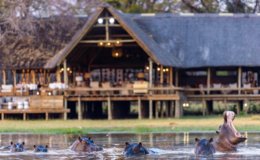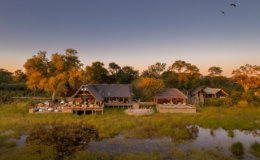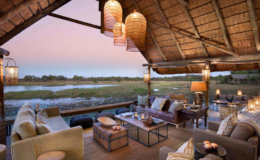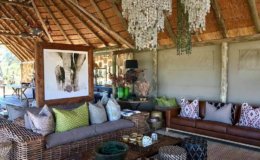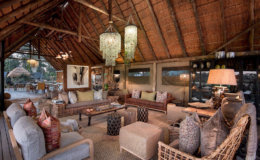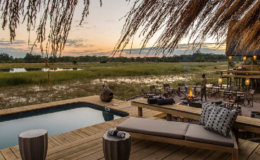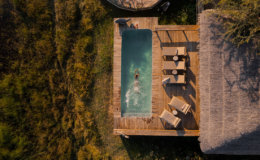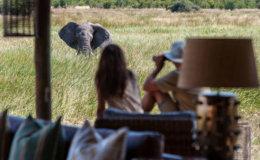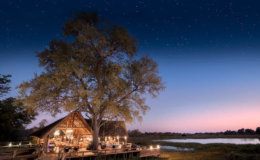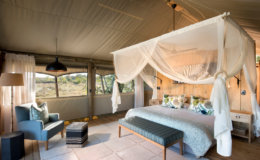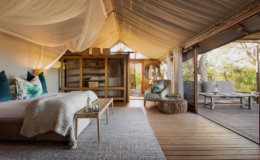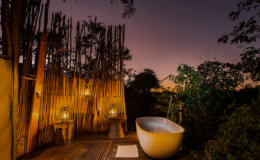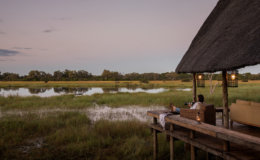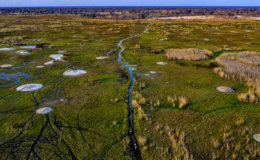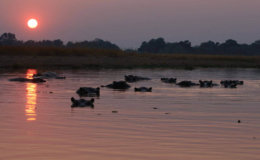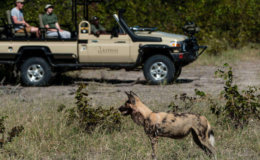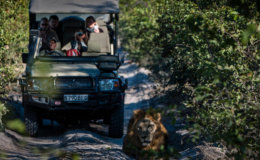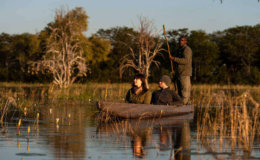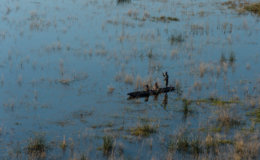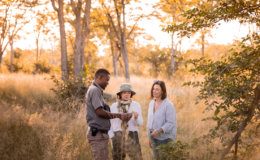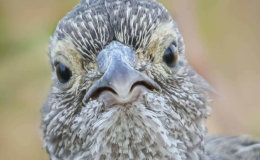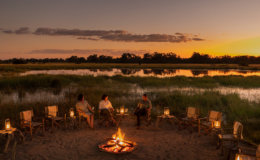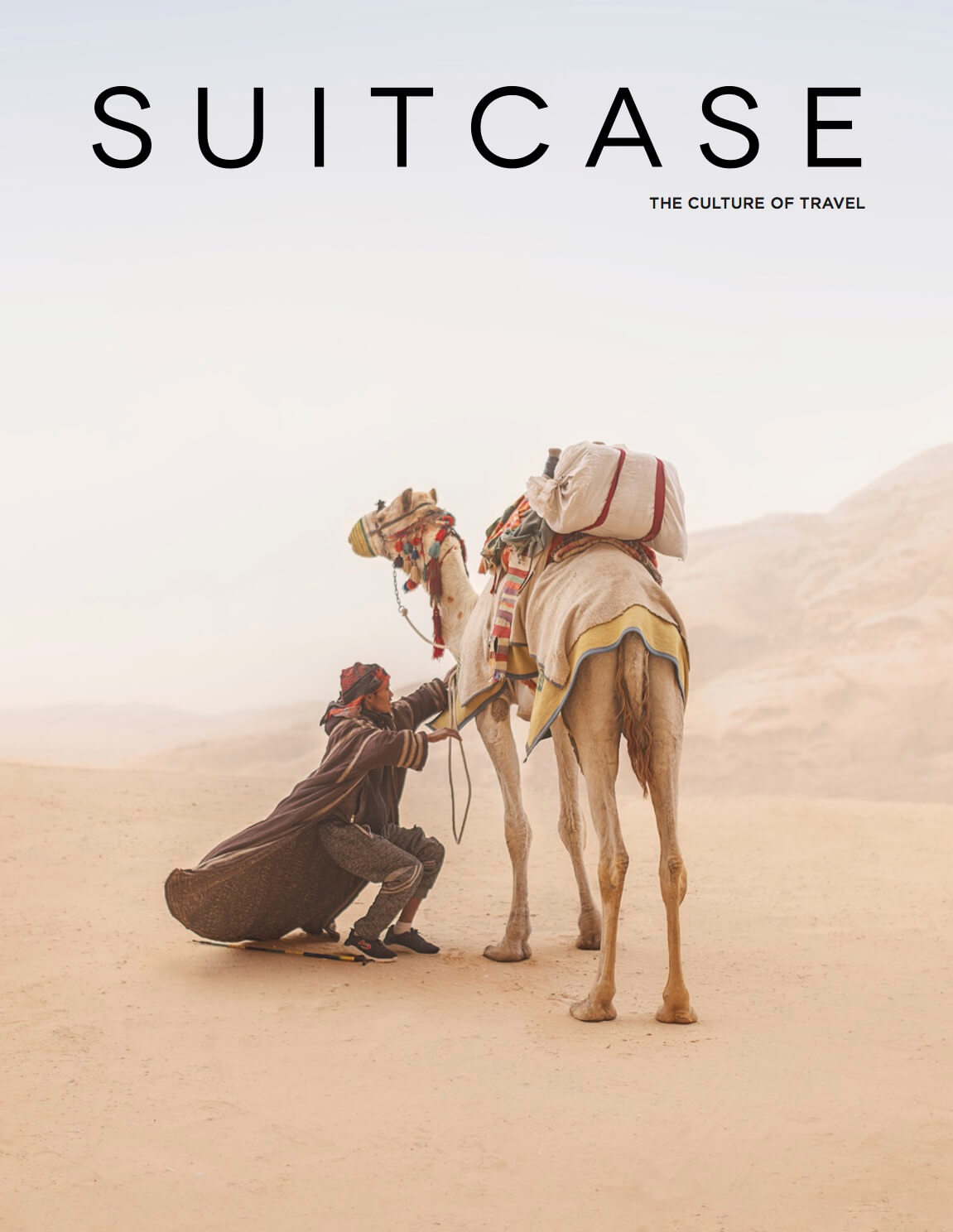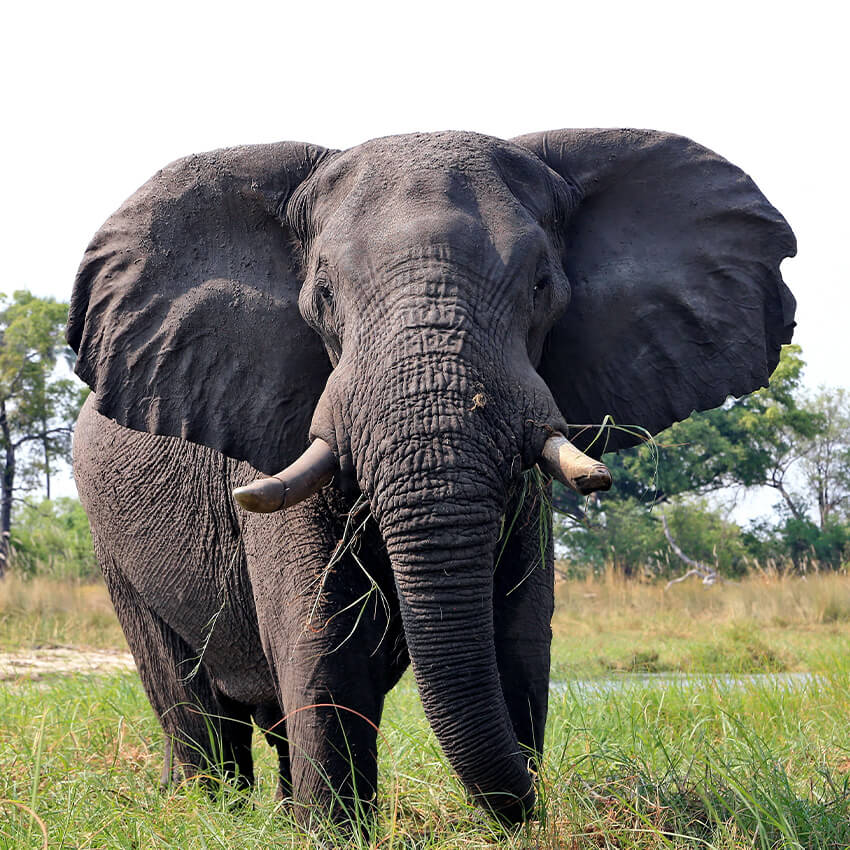
Landscape
Formerly known as NG18, Khwai Private Reserve is 200,000 hectares of pristine wilderness. That’s three times the size of South Africa’s Sabi Sands – and 300 times more private! The reserve itself is within Botswana’s most talked about region, the Okavango Delta. It actually sits just to the north east of the Delta, adjacent to Moremi Game Reserve and Chobe National Park, and the landscape is one of the most diverse we’ve come across. Think mopane clusters jostling for space with riverine forest, acacia woodland, seasonal waterholes and winding channels leading from the mighty Khwai River. We think you might quite like it.
We’ve chosen a rather lovely spot for Sable Alley, right on the banks of a wildlife-spotted lagoon. The water is home to up to 35 harrumphing hippo, and is a favourite drinking spot for elephant and buffalo. How’s that for game viewing without even leaving your room?
Wildlife
It’s no secret that Khwai was formerly a hunting concession. At Natural Selection, we’ve been working hard to transform the area into a safari destination of note, spending a a lot of our time tracking wildlife in the area and habituating the animals to our vehicles. Like other concessions in the Okavango region, we’ve witnessed how wildlife sightings swiftly turn around within two or three years of hunting stopping, and today you could go on a single game drive and see more than 50 different species. That’s how we know we’ve done a good job.
First up, the predators – and there are plenty of them in Khwai. Keep a lookout for leopard, lion, cheetah and wild dog, concealed from unsuspecting antelope in the grassy bushes. Then you’ll see hundred-strong herds of buffalo barrelling across the landscape, and enormous herds of elephants, trunks swinging and ears flapping. Lastly, keep a lookout for the smaller animals: impala drinking tentatively from pools, baboons shouting from trees, and sable and roan antelope, seemingly posing for your camera. The reserve is diverse even by Okavango terms and the birdlife here also reflects this. You can expect specials like longtoed lapwing, black and slaty egrets, wattle cranes – while the woodlands supper an entirely different suite of species.

